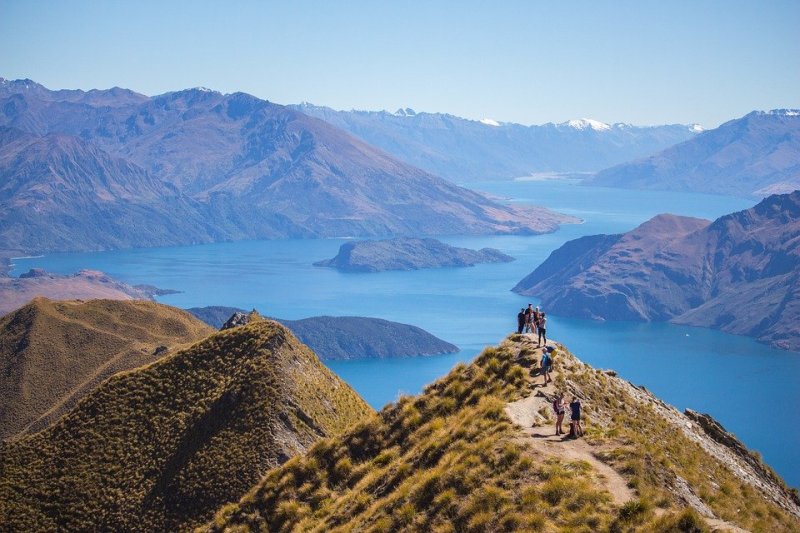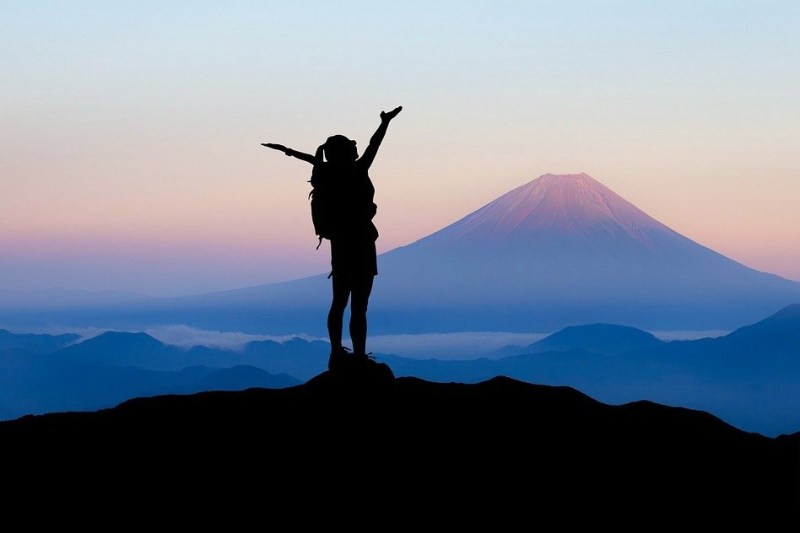As winter draws to a close and the snow on the trails begins to melt, it’s almost time to dig out your backpack and hit the trails again. For the true outdoorsman, there’s nothing more refreshing than the feel of spring in the air, a chance to stretch your legs on a long day out in the sun without needing a pair of snowshoes to stop you from post-holing along the trail. Before you hit the trail, it’s worth spending some time refreshing skills that may have faded a little over winter — like navigating with a map and compass — as well as reminding yourself of some of the safety steps that will ensure you return home after a day out.
Many of these safety steps happen before you even leave your house, like letting others know when and where you’re headed, packing extra snacks and water, and carrying around aa emergency kit. Then there are things you need to do while you’re on the trail, like keeping your bearings, following trail markers, and staying properly hydrated to keep your body functioning. But there are other rules that aren’t so well known or commonly practiced. These three survival tips could and just might save your life while you’re hiking this spring.
Practice hiking etiquette
One of the easiest things you can do to improve your chances of survival on a hiking trail is to practice good
Learn to use nature to navigate and signal for help
No matter how closely you follow these survival tips on the trail, there’s still the possibility of getting lost and needing to signal for help. If you do find yourself lost on the trail, the best thing you can do is to remain stationary. This increases your chances of being found while also conserving energy — plenty of lost hikers have made their situation worse by trying to recover themselves, only to wander deeper into the wilderness and farther from help. If you’ve followed the proper pre-hike steps — having a home contact and leaving information — then the emergency and rescue services should be alerted to your situation and will begin looking for you. You can increase your chances of being found by signaling for help, using smoke signals, mirrors, whistles, campfires, or marking SOS in rocks if you’re in a clearing.
While it’s usually best to stay still and await rescue, there are situations where you may want to try to navigate yourself back to civilization. This is usually an option if you know your surroundings — for example, you know that heading anywhere roughly south will take to a major road — or if help doesn’t appear to be on the horizon. Presumably, if you’re lost, you don’t have access to navigation equipment and therefore need to use nature to your advantage.
One way to do this is by finding north using shadows. Use a large stick or fallen limb that is at least 3 feet long and place it on the ground in a clear area. Use a rock or another marker to indicate where the tip of the stick’s shadow begins. After at least 15 minutes, mark the tip of the shadow again. The line between the two markers will show a rough estimate of east-west, and a line perpendicular to that line will be north-south. This way, you can orient and navigate yourself.
You can also use a watch face to find north. Simply hold the watch with the hour hand pointing toward the sun. South is typically halfway between the hour hand and the 12:00 time, while north will be in the exact opposite direction. You can even draw a clock face in the dirt to accomplish this if need be. Just remember to use 1:00 instead of 12:00 if it’s during a period of daylight savings time.
Learn how to interact with the local wildlife
Animals are abundant in the great outdoors, so it’s important to know how to interact with them in a safe manner. Most animals will stay hidden if they hear you coming along the trail, so make some noise or talk aloud as you hike. Startled animals on the trail are usually the ones that respond poorly to human interactions. It’s also important to consider the time of day during your hike — bears and mountain lions tend to be the most active around dawn and dusk.
When it comes to survival tips for facing off with an unfriendly animal, the best option is usually to back away slowly while moving sideways so you can see where you are stepping — while keeping your eyes on the animal. Talk in a low, quiet voice, and be sure that you’re not near any offspring that the animal might have. You can also carry pepper spray or bear spray.
For black bear attacks specifically, try to move away while making yourself appear larger by getting to higher ground or holding your arms out. If a black bear should attack, fight back and use whatever objects you can to hit and kick the bear, particularly in the face. Grizzly bears and brown bears should not be confronted. Instead, simply play dead. For any kind of bear, always keep your backpack on because it can help protect your back and organs should the bear maul you.
Editors' Recommendations
- Here’s why you need to take trekking poles on the trail
- 5 great reasons why you should go to your favorite ski resort this summer
- These are the 5 best hiking apps for your outdoor adventures
- Planning a camping or hiking trip? Reduce your carbon footprint with these tips
- Here’s how to live in your car comfortably for a few weeks (or longer) like a pro








